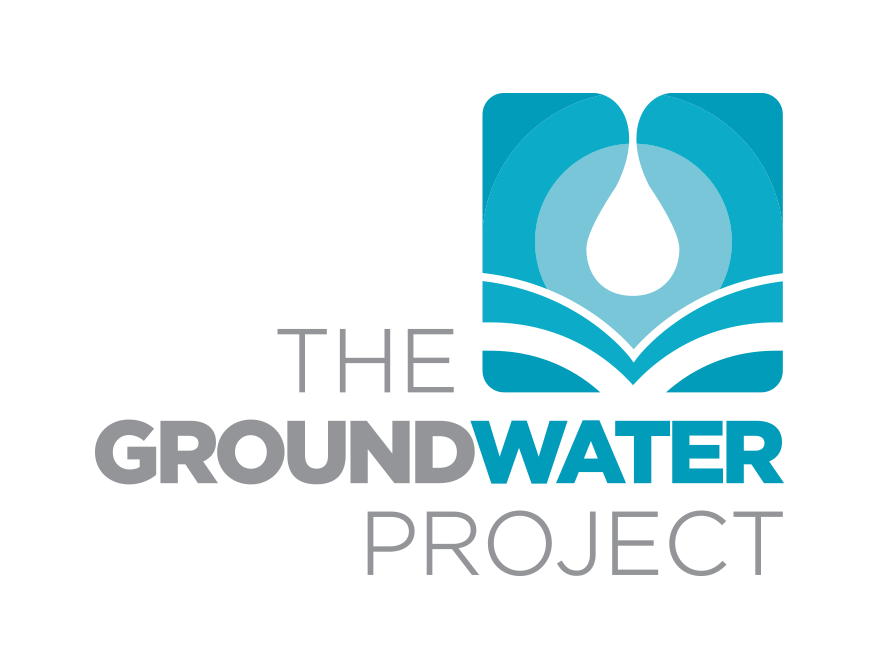‘Why is this water so clean?’ 5-year study to drill down into the reason why water in the Alliston aquifer is the purest in the world

The Mirror – Midland-Pentetanguishene-Tay-Tiny
Study could show how natural processes could be replicated to provide clean water to areas that don’t have access
Aquifer is located in the Simcoe uplands, which covers an area that includes Tiny, Springwater, Oro-Medonte and Tay townships.
By Midland Mirror
Friday, March 29, 2024
Having that understanding, said Dr. Michael Powell of the University of Alberta, could lead to solutions that could bring clean water to other parts of the world where water isn’t as abundant or as pure.
“The job of science is to fill knowledge gaps,” said Powell, the adjunct professor and research associate at the university, and project director for the Elmvale Groundwater Study. “And this is a huge knowledge gap, because we seriously don’t know of any other water that can claim what this water claims.”
Powell has been enlisting municipalities and other organizations within the last several months to join in on a five-year study to understand the processes at work in the aquifer.
By May 15, Powell should have the pieces put together for a grant application to the National Sciences and Engineering Research Council of Canada to fund the work.
A number of partners have come on board, including researchers and experts in a variety of disciplines from the University of Guelph and the University of Ottawa, along with partners and stakeholders that represent area municipalities, the Nottawasaga Valley Conservation Authority, the Severn Sound Environmental Association, the Ontario Geological Survey, the Canadian Museum of Water, and Beausoleil First Nation.
“All of these people have to come together and provide the results from their work to show what’s really going on,” Powell said. “There are a lot of moving parts… we’re going to have quite a large number of partners and a lot of connections and a huge network all interested in the findings of the work.”
Powell should know by the fall if the application is successful, at which point the team will begin a study that will last about five years and involve drilling test wells at different locations on the aquifer found under the Simcoe Uplands, created as a result of glacial forces during the last ice age 16,000 years ago.
While many are familiar with the non-stop flow of water from the artesian well at the Elmvale Water Kiosk, the aquifer itself covers an area that includes Tiny, Springwater, Oro-Medonte, and Tay townships.
Powell said establishing the sites, and conducting field work (including coring, sampling, and analysis) will take up the first four years of the study, followed by a year to assemble the final report.
Powell said there are processes at work in the layers between the aquifer and the ground, that as the water works its way back to recharge the aquifer it is purified.
“By knowing what this natural analog has provided to us, we would have a model for other places along the Canada-U.S. border where we might find waters of very high quality,” he said.
Powell said the processes at work could also be replicated by industry, and technology could be developed to build water purification and filtration systems for communities in the developing world based on what’s occurring naturally here.
“If the natural materials we find here are available elsewhere, you could conceivably construct filtration systems that would give very good quality,” he said.
He also hopes the work leads to policy development on land-use planning that considers resource protection, conservation, and resource use.
Under the current regime, he said, those matters are examined under the lens of a single policy, when the approach required should be much broader.
“That would assume you apply the same criteria for permitting water use, regardless of the water,” he said. “What we’re saying is, ‘wait a minute, this is just not another water’.
“It’s like the Monarch butterfly is just not another butterfly, it has a very special story to tell, it’s protected in a very special way,” he said. “We’re not doing that with resources like water.
“What we’re hoping is that by understanding why this water is so clean, it will be protected for posterity so that it can be used and examined further.”
Powell said the “driving force” behind the study is William Shotyk, whose ongoing documentation and work over the decades determined the purity of the water.
“Bill’s original research on the water has been pretty much descriptive: from wells and springs all around that area, to the three research wells, the special research wells he has on his property, over decades,” he said. “This is one of the reasons why we can say it’s the cleanest water we have found in the world.”
Shotyk has ensured his research wells “are of the highest quality,” Powell said, with strict processes and collection equipment for samples to ensure there is no potential for contamination.
At his lab at the University of Alberta, the most stringent protocols are in place.
“Really, it is the best data you can get,” Powell said, adding that Shotyk’s lab is one of the few in Canada, if not the world, able to measure the elements in the water to the minutest amounts. “We understand the quality of the water.
“The question that needs to be answered now is… why is this water so clean?”









Leave a Reply